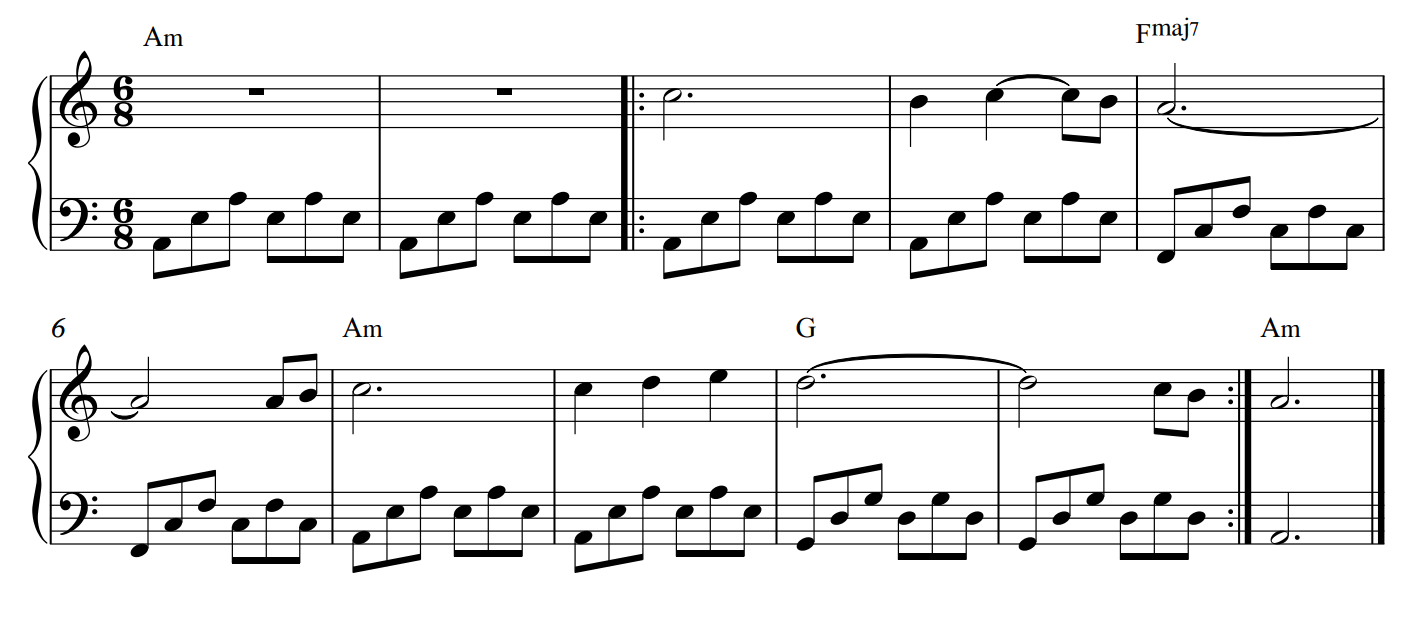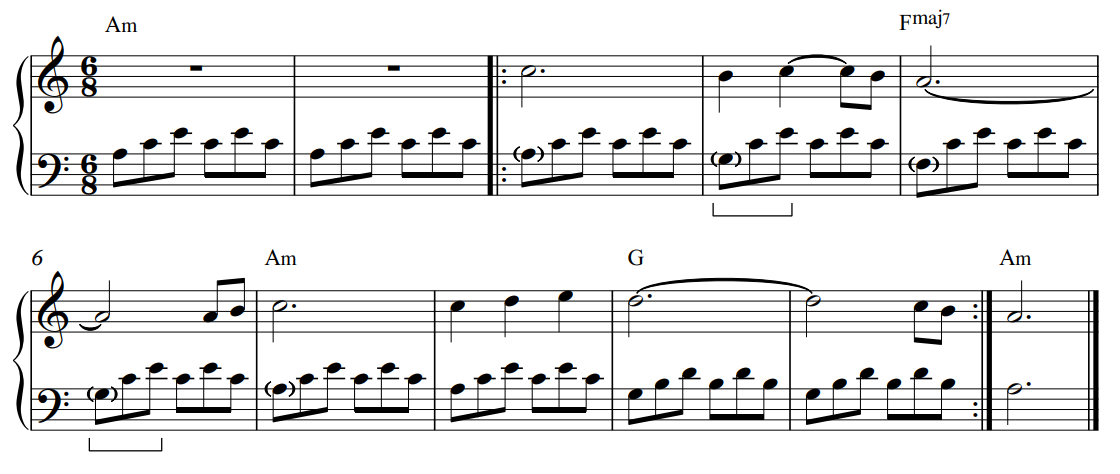Songwriter, pianist and music producer John Geraghty kicks off a brand new series: 'How to Play'. In Part 1, he takes a look at contemporary classical piano music while honing in on Ludovico Einaudi, and lays out a five-step plan to being able to play in his style.
This series will cover many piano genres including Contemporary Classical, Blues, Country, Latin, Rock n Roll, New Orleans, Jazz, Pop, Funk, Boogie Woogie, Ragtime, Rock, Gospel and Ballad style. Each article will demonstrate plenty of playing techniques and tips to help broaden your musical knowledge and repertoire of different genres.
What does 'contemporary classical' mean?
Contemporary classical music takes ideas influenced by electronic, minimalist, experimental and serial music and is considered a modern day version of classical music. It includes sub-genres such as post-tonal music, serial music, electronic music, experimental music and minimalist music.
Ludovico Einaudi is well known for being one of the pioneers of contemporary classical music. He was born on 23 November 1955 in Turin, Italy. He started composing when he was a teenager, beginning his formal training at the Conservatorio Verdi in Milan and graduating with a diploma in composition in 1982. His music is often played in a minimalistic style, using arpeggiated repetition in the left hand and melodic motifs in the right. His most well known solo compositions include Le Onde (1996), I Giorni (2001), and Nuvole Bianche (2003).
Einaudi plays Nuvole Bianche, live from The Steve Jobs Theatre in 2019
Here are five steps to playing like Einaudi.
1. Choose a key to play in
Although Einuadi writes in major keys, his preference is the natural minor scale – shown below. Einaudi normally starts off either by creating simple melodies, using a motif (repetitive idea) or playing chords. Let's use this scale to base our piece on.
A natural minor

2. Choose your chords
A minor:
a) Choose four chords from the seven chords shown below, starting with Am as your first chord. Play these chords in your left hand. A chord progression that Einaudi used in his 2013 piece Experience was F#m - A - C#m - D. If we transpose these chords into Am, it would look something like this: Am - C - Em - F.
b) Pick a time signature. Einaudi often writes in 4/4, 3/4 or 6/8, so we would strongly recommend using one of these.
c) Work out a four-note (4/4) or three-note (3/4, 6/8) melody or motif, starting with either A, C or E from the A minor chord. These three notes are called chord tones. Use passing notes (B and D), to either ‘pass through’ the chord tones, or other notes from the A minor scale to create a motif or melody and land on a chord tone from the next chord.
NOTE: The second chord below is a B diminished chord. This can sound harsh to the ear. You may want to avoid it… unless you can work it into your progression in a clever way!

Here’s a little melodic idea based around an Am - F - Am - G chord progression.

3. Incorporate arpeggios
Einaudi likes to use arpeggios in his music, missing out the third and just using the root, fifth and octave. He uses this idea in two of his pieces: Primavera (2006) and Stella del Mattino (2001).
a) To create an arpeggio, use the first, third, fifth and octave notes from any major or minor scale. Shown below is an arpeggio in Am using 6/8 time.

b) Create a pattern using a combination of these notes. This is a typical Einaudi-style arpeggiated pattern.

Here’s a 4/4 pattern to compare.

c) Using the four chords you chose earlier, use the same arpeggiated pattern that you created yourself over each chord.

d) Now, add in your motif/melody. I’ve added a two-bar bass intro to start.

4. Add in broken chords
As well as arpeggios, Einaudi uses broken chords in the left hand. To play a broken chord, break up the chord tones and play each note separately. Try using broken chords with your original melody, or if inspiration strikes, change the melody and chords!
Which one sounds better? The arpeggiated example or the broken chord example?

It’s a good idea to learn broken chords in root, first and second inversion. This will create smoother transitions between chords. Shown below is C major. Note where the root note is located ( ).

5. Create a bass line
Using chord inversions will create bass lines. Shown below in bars four and six, indicated by brackets, is a C major broken chord in second inversion. Using this inversion creates a ‘scale-like’ bass line indicated by ( ), creating a smoother transition between the Am and Fmaj7 chord.

Here's a piano piece I have written in the style of Einaudi called Titan (1st movement). I’m using simple melodies, arpeggiated bass lines and bass runs. Why not try composing your own Einaudi-style piece?
Things to remember!
✔ Play in a natural minor key, use either 4/4, 3/4 or 6/8 time signature and create a melody or repetitive motif.
✔ Choose a chord progression and add an arpeggiated sequence in the left hand.
✔ Throw in some broken chord in the left hand, using inversions to create a descending bass line.
Next up in the How to Play series, we take a closer look at Rock ‘n’ Roll.
About the author
John Geraghty is a songwriter, music producer, pianist, author, teacher and entrepreneur. Although John is a classically trained pianist, his passion lies in songwriting and music producing. He has studied most genres of music including pop, jazz, gospel, country, and blues piano.
He is the author of Playing By Ear – A Songwriter's Way. His teaching method is simple and direct: "Leave out everything that is not necessary and teach the student what they really want to know.







